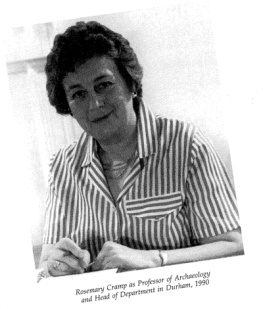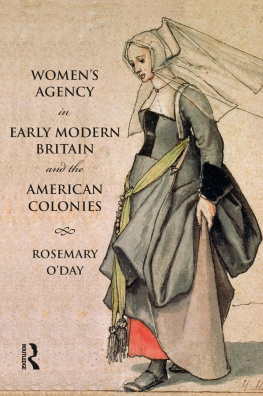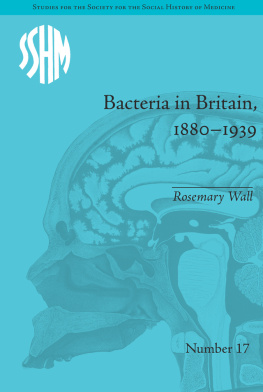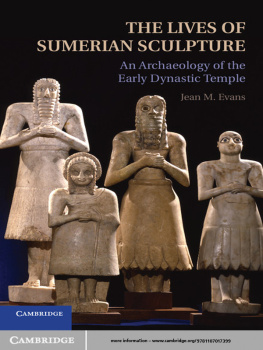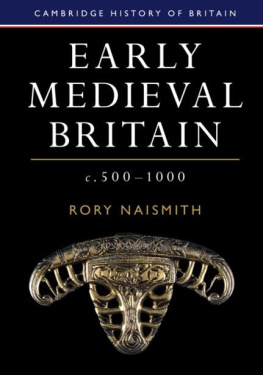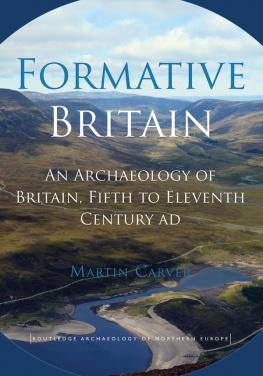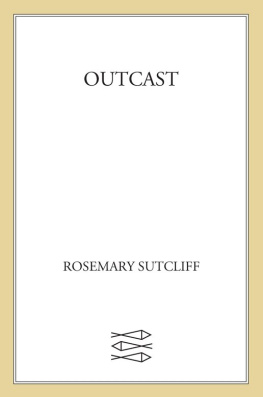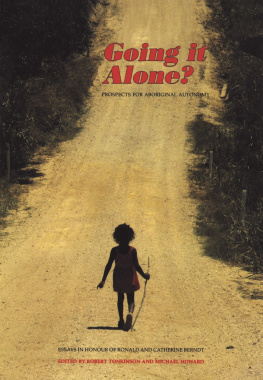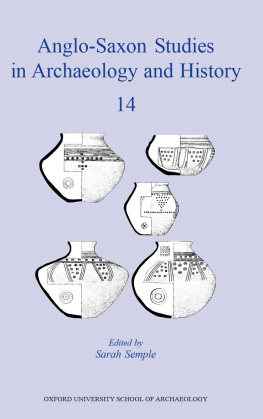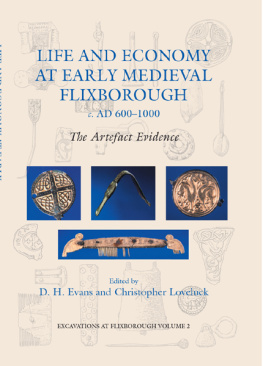Image and Power
in the Archaeology of Early Medieval Britain
Essays in honour of Rosemary Cramp
Edited by
Helena Hamerow and Arthur MacGregor
Oxbow Books
First published in the United Kingdom in 2001. Reprinted in 2016 by
OXBOW BOOKS
The Old Music Hall, 106108 Cowley Road, Oxford OX4 1JE
and in the United States by
OXBOW BOOKS
1950 Lawrence Road, Havertown, PA 19083
Oxbow Books and the individual contributors 2001
Paperback Edition: ISBN 978-1-78570-465-9
Digital Edition: ISBN 978-1-78570-466-6
Mobi Edition: ISBN 978-1-78570-467-3
A CIP record for this book is available from the British Library
All rights reserved. No part of this book may be reproduced or transmitted in any form or by any means, electronic or mechanical including photocopying, recording or by any information storage and retrieval system, without permission from the publisher in writing.
For a complete list of Oxbow titles, please contact:
| UNITED KINGDOM | UNITED STATES OF AMERICA |
| Oxbow Books | Oxbow Books |
| Telephone (01865) 241249, Fax (01865) 794449 | Telephone (800) 791-9354, Fax (610) 853-9146 |
| Email: | Email: |
| www.oxbowbooks.com | www.casemateacademic.com/oxbow |
Oxbow Books is part of the Casemate Group
The photograph of Rosemary Cramp used as a frontispiece is by T. Woods.
The cover illustration shows the Flixborough brooch.
Contributors
Professor Richard Bailey, FSA. Pro-Vice-Chancellors' Office, University of Newcastle upon Tyne. (BA, Durham, 1954-57; PhD, Durham, 1957-60)
Professor Martin Carver, FSA. Department of Archaeology, University of York. (Diploma in Anglo-Saxon Studies, Durham, 1973-74)
Dr Derek Craig. Department of Archaeology, University of Durham. (PhD, Durham, 1992)
Dr Nancy Edwards, FSA. School of History and Welsh History, University of Wales, Bangor. (PhD, Durham, 1976-79)
Dr Helena Hamerow, FSA. Institute of Archaeology, University of Oxford. (Lecturer in archaeology, Durham, 1990-96)
Mr Peter Hill, FSA. Whithorn Archaeological Trust.
Dr Catherine Hills, FSA. Department of Archaeology, University of Cambridge. (BA, Durham, 1966-69)
Dr Chris Loveluck, Department of Archaeology, University of Southampton. (BA, Durham, 1987-90; PhD, Durham, 1990-94)
Dr Arthur MacGregor, FSA. Ashmolean Museum, University of Oxford. (MPhil, Durham, 1981; DLitt, Durham, 1999)
Professor Chris Morris, FSA. Department of Archaeology, University of Glasgow. (BA, Durham, 1964-67; lecturer, senior lecturer in Viking archaeology, Durham, 1972-90)
Ms Deirdre O'Sullivan. School of Archaeological Studies, University of Leicester. (MPhil, Durham, 1974-76; Research Assistant, Durham, 1977-79)
Foreword
On 23-24 April 1999 some two hundred friends, colleagues and former students - including many pleased to count themselves under more than one of those headings - gathered in Durham to celebrate the seventieth birthday of their doyenne, Professor Rosemary Cramp. As on all such occasions, many of the pleasures shared by the participants were light-hearted, informal and unconducive to permanent record. To draw too rigid a distinction with the more formal proceedings of the weekend, however, would be to commit an injustice to the speakers who together presented a series of papers that honoured their dedicatee with wit and affection, as well as an impressive array of scholarship reflecting Rosemary's lifelong archaeological preoccupations. Nonetheless, their contributions proved more susceptible to capture in permanent form and constitute the basis of the present volume.
Not all of the papers that comprised 'The View from Durham' as presented on that occasion are included here, such omissions as there are being entirely due to external circumstances, without sinister significance and certainly not on account of editorial fiat. In drawing together these papers we have trodden the narrow line that all editors must follow in imposing a necessary degree of coherence on the whole without unduly infringing the integrity of the individual contributions. This modest undertaking represents our own act of homage to our distinguished colleague, mentor and friend.
In undertaking this task we have been fortunate to preserve the goodwill of all the contributors and indeed have benefited from continuing dialogue with them throughout. We have had cause to be grateful too for the wordprocessing skills of Liz Strange, Lynda Smithson and David Berry and for the support of the School of Archaeology, University of Oxford. Our publisher, David Brown at Oxbow Books, has been a source of creative intervention, enthusiasm and meticulous time-keeping throughout the production process.
Several of our authors stress the interim nature of this token of respect and the confidence with which they anticipate Rosemary's continuing involvement in many aspects of archaeology. As if to vindicate these expectations, she was elected President of the Society of Antiquaries while the present volume was in press. The Society's apartments at Burlington House provided a fitting setting for the presentation of these essays on 28 June 2001.
Helena Hamerow
Arthur MacGregor
Image and Power the Archaeology of Early Medieval Britain
Essays in honour of Rosemary Cramp
Preface
Richard . Bailey
Scene 1: Monkwearmouth 1959. will not have scurvy on one of my digs!' A bag of tomatoes was thrust into my hand to supplement a vitamin-deficient lunch and Rosemary Cramp strode away to solve the delicate problem posed by a local resident who had become marooned alongside her netty by a trench filled with skeletons.
Scene 2: Ripon 1974. 'Well, Mr Dean, this is just not good enough, is it?' And the distinguished cleric, confronted by the steely gaze of Durham's Professor of Archaeology and the demolished remains of part of St. Wilfrid's crypt, experienced that sense of inadequacy familiar to generations of undergraduates who failed convincingly to distinguish between Trewhiddle and Jelling styles.
Rosemary Cramp's students and friends - and the one group encompasses the other - will easily be able to write similar scenes and dialogue. All will recall her characteristic combination of personal kindness, academic rigour, and outrageous sense o fun. It was therefore no surprise that the seminar held at the University of Durham marking her 70th birthday in 1999 was so well attended; nor that it was an occasion which bubbled with ideas and laughter. This volume contains some of the papers given on that day. Some of the jokes may, very properly, have been edited out, but what remains is clearly a great affection for an inspiring teacher and a loyal friend.
Many of Rosemary's academic preoccupations are reflected here, and the frequent footnotes to her work are no obsequious acts of pietas. The monuments and the spirituality of monasticism, unlocking information from sculpture, the inter-action of Mediterranean and Anglo-Saxon worlds, the validity and limitations of archaeological deductions - all these inter-connected themes have been central to her work, and her own discussions of them are natural reference-points for these papers.
Martin Carver opens the collection with a contribution which sweeps across time and space, arguing that monuments have a political meaning and can be used to write political as well as cultural history. Beginning with an interpretation of the larger barrows of the late sixth and seventh centuries outside Kent as expressions of the political insecurity triggered by Christianity, he astutely points to the 'monumental hiatus' of 625-675 in Anglo-Saxon England before focusing on the fact that the Christian conversion failed to produce a homogeneous culture in Britain - indeed even within Northumbria. In partial explanation he points to different kinds of Christian organization and politics - episcopal, monastic and 'secular Christianity', each with their own archaeological markers and all attested by the documentary evidence. Mapping these political markers offers a route into local intellectual history and a closer definition of political programmes and alliances. This leads him to muse on the significance of Viking-age sculpture in Yorkshire in a manner which will delight the general editor of the Corpus of Anglo-Saxon Stone Sculpture.

